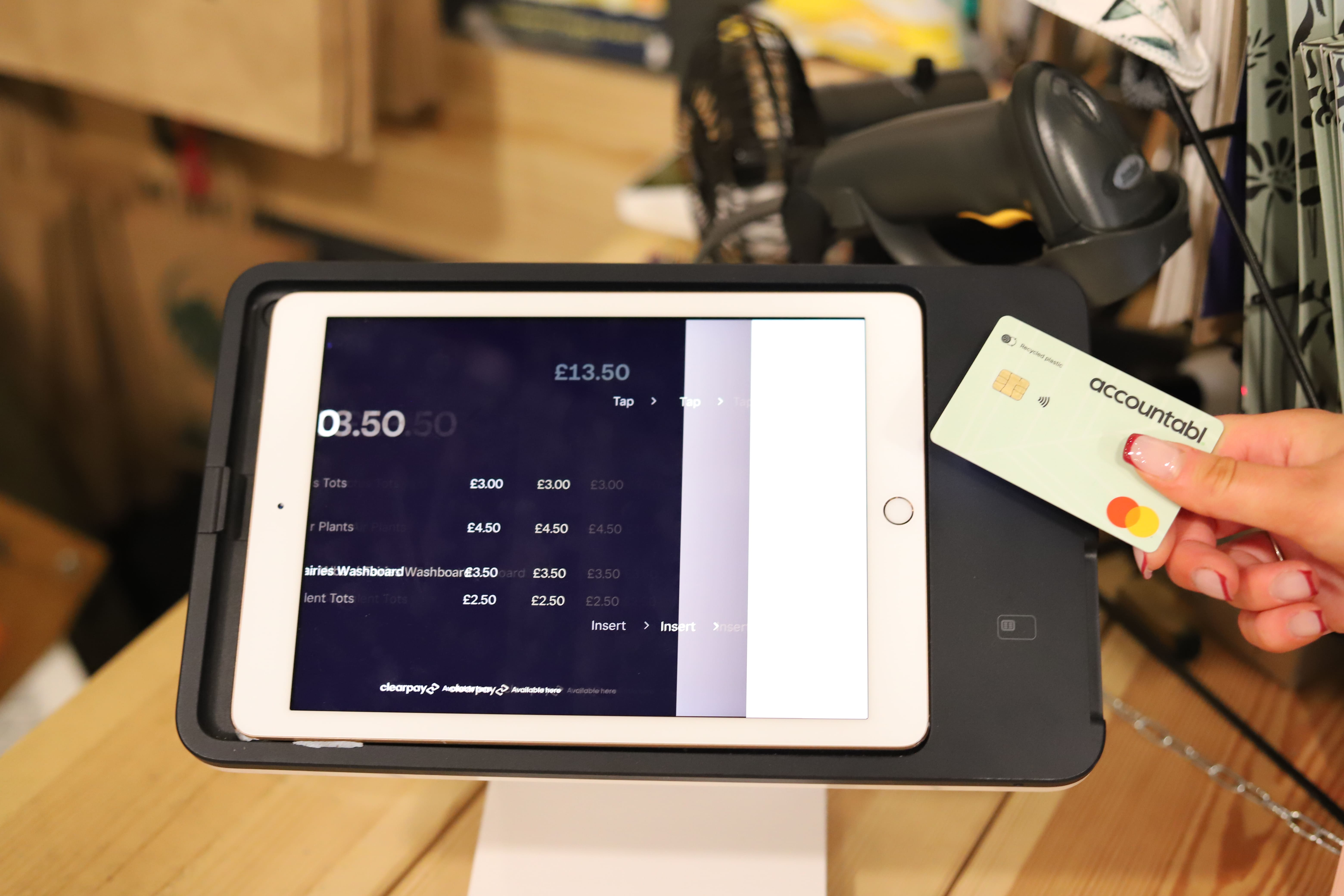In the fast-moving business landscape, business agility is no longer optional — it’s essential. Agile companies adapt quickly to market shifts, and one of the most underutilized tools in this process is expense data analytics. By leveraging expense insights strategically, organizations can uncover opportunities, optimize resources, and maintain a clear competitive advantage.
Expense Data as a Strategic Asset
For many businesses, expense data is seen as an administrative record rather than a strategic resource. But agile companies know that behind every transaction lies valuable intelligence. Expense data reveals:
- Spending trends across departments and projects
- Vendor performance and negotiation leverage
- Seasonal or cyclical patterns in operational costs
- Potential areas for cost optimization without sacrificing growth
When properly analyzed, this data helps leaders make faster, more informed decisions.
Linking Expense Data Analytics to Business Agility
Agility requires rapid, evidence-based action. Real-time expense data analytics allows decision-makers to:
- Adjust budgets dynamically in response to market changes
- Reallocate resources to high-performing initiatives
- Identify and eliminate waste before it impacts margins
- Respond to supply chain disruptions with speed and precision
This creates a feedback loop where financial insights directly fuel strategic agility.
Turning Data into Competitive Advantage
The real power of expense analysis lies in how it’s applied to outperform competitors. Agile companies use these insights to:
- Negotiate better vendor contracts through cost pattern visibility
- Predict cash flow fluctuations and prepare accordingly
- Pinpoint investments with the highest ROI
- Differentiate pricing strategies based on operational efficiency
By embedding expense intelligence into strategic planning, organizations can anticipate challenges before rivals even detect them.
Integrating Expense Data into Strategic Decision-Making
To fully realize the benefits, companies must ensure that expense analytics are integrated with broader strategic tools such as CRM systems, forecasting software, and performance dashboards. This integration provides:
- A unified view of financial and operational performance
- Cross-departmental alignment on goals and budgets
- Faster response times to external threats and opportunities
Agile businesses treat expense visibility not as a reporting requirement but as a competitive weapon.
The Future of Expense-Driven Strategy
Advancements in AI and automation will make expense data analytics even more impactful. Predictive models will forecast cost changes before they occur, and machine learning algorithms will identify subtle trends invisible to human analysis. Businesses that adopt these capabilities early will have a lasting competitive advantage.
Conclusion
Agile companies know that business agility isn’t just about speed — it’s about precision. By turning expense data into actionable insight, they position themselves to respond faster, allocate resources smarter, and outmaneuver competitors. In a world where small delays can cost market share, the mastery of expense analytics could be the ultimate differentiator.









